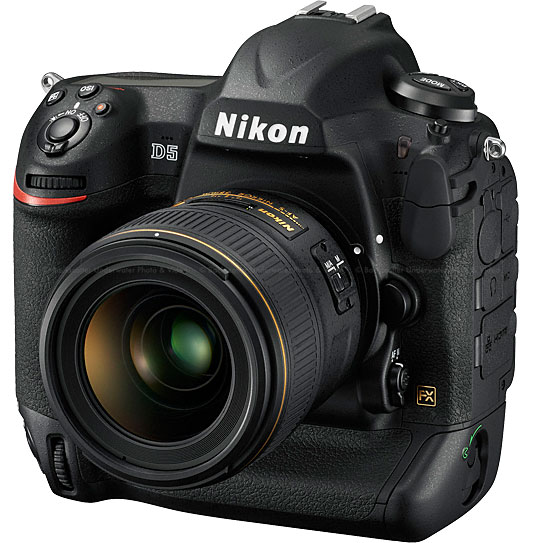

Let’s say you are using a 50mm focal length on both a full-frame camera, such as the Canon 6D, and on an APS-C crop-sensor camera, such as the Canon 70D. Sounds confusing, and it is unless you see it for yourself! For the crop factor to become relevant in this case, you must multiply the focal length of the lens by 1.6 to determine the actual focal perspective in which you are shooting. The larger the crop factor, the smaller the sensor. A Canon APS-C crop sensor has a crop factor of 1.6x (the now-discontinued APS-H has a 1.3x crop factor). This is where the sensor matters when it comes to lenses. The size difference for crop sensors is determined by the sensor’s crop factor. Even tighter is the APS-C sensor’s crop (green stroke), offering a roughly 32mm perspective. When using the same lens, and APS-H sensor (purple stroke) captures a bit-tighter shot because of its 1.3x crop. The red stroke represents a ull-frame shot made at 17mm. It was exclusively reserved for the 1D lineup until Canon introduced the 1D-X, at which point the APS-H sensor disappeared from production.įigure 1.5 This image represents what you would capture using the three different-sized Canon sensors. Up until a few years ago, Canon also manufactured another, larger crop sensor known as an APS-H sensor. These sensors can be found in anything “below” the 5D lineup, such as the Rebel series, the 70D (and its previous iterations), and the 7D. At the time of writing, Canon makes only one size of crop sensor, known as an APS-C sensor ( Figure 1.5). How much smaller? For Canon crop-sensor cameras, a bit more than 50 percent smaller. Crop SensorsĪ crop sensor shares the same rectangular perspective (often referred to as the 3:2 ratio) but is considerably smaller. For many, a full-frame sensor is much desired for many reasons beyond how it correlates with the use of our lenses, particularly among portrait and landscape photographers and photojournalists. For those photographers moving from film SLR cameras (and many other types of cameras) to a DSLR, a full-frame sensor does not affect how you use your lenses and see your images, and you can more than likely use the same lenses, as long as they are designated as EF glass. You can find full-frame sensors in Canon camera models such as the 6D, the 5D (all versions), the 1D-X, and all of the older 1D-S models. Full-Frame SensorsĪ full-frame sensor is the same size as a 35mm film frame-just think of the film shot in many pre-digital cameras. It might not have meant much to you when purchasing your first camera, but it certainly means a lot in regard to the use of lenses and your future lens purchases. Crop SensorsĮven if you’re new to the world of digital single-lens reflex (DSLR) photography, you’ve probably heard a comparison between full-frame and crop sensors. Taking everything into account, the Nikon looks overpriced compared with independently made competitors, as well as its own 10-24mm stablemate.Canon Lenses: From Snapshots to Great Shots Considering its high price, performance is disappointing for both sharpness and color fringing. Features include fast, quiet ring-type ultrasonic autofocus and a constant aperture.Įven so, it's a stop slower than the Tokina 11-16mm lens, and the the maximum angle of view is reduced. Whereas the Nikon 10-24mm super-wide lens was launched back in 2009, this lens dates from 2003, preceding even the D70 camera which brought DSLR photography to the masses.Įven relatively ancient lenses can still be extremely good, and you'd certainly have high hopes for this one, given that it's the most expensive DX-format ultra-wide lens on the market. The 10 best full-frame DSLRs available in India.The built-in hood helps to avoid ghosting but precludes the use of filters. Handling and image quality are very good, with high levels of centre sharpness and restrained colour fringing, though the corners could be sharper. It's slicker than some because you don't need to switch between AF/M on the camera body or lens.
CANON FULL FRAME SENSOR DSLR MANUAL
This lens has Tokina's trademark 'one-touch focus clutch' – essentially a push-pull mechanism coupled to the focus ring, for switching between autofocus and manual focus. It's certainly true compared with some of Tokina's older lenses. The Tokina employs a 'silent' DC autofocus motor and GMR (Giant Magnetoresistance) module, and the company claims this gives faster, quieter autofocus. This is a big, heavy lens weighing nearly a kilogram (2lb), due in part to that fast f/2.8 constant aperture.


 0 kommentar(er)
0 kommentar(er)
